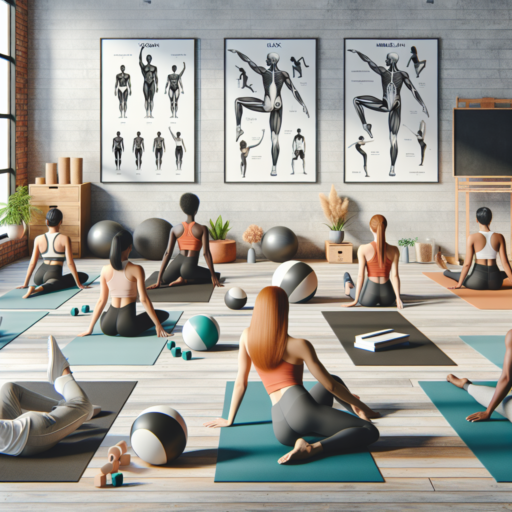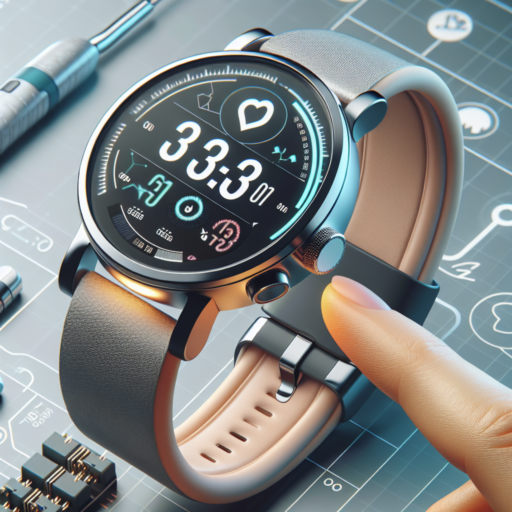How can I improve my hip mobility?
Improving hip mobility is essential for both athletes and individuals seeking to maintain a healthy, active lifestyle. Hip mobility exercises play a key role in enhancing this flexibility and range of motion. These include dynamic stretches and strength-building activities specifically designed to target the hip area. Incorporating such exercises into your daily routine can offer significant benefits, from reducing the risk of injuries to improving overall athletic performance.
Effective Exercises for Enhancing Hip Mobility
- Dynamic Leg Swings: By performing forward and lateral leg swings, you can increase hip mobility and flexibility. This movement helps to warm up the muscles around the hips, preparing them for more intense physical activity.
- Deep Lunge With Twist: A dynamic stretch that targets the hip flexors, quads, and glutes. Adding a twist helps to open up the hip capsules, promoting a greater range of motion.
- Pigeon Pose: Originating from yoga, the pigeon pose is excellent for stretching the hip rotators and flexors. It’s particularly beneficial for those who spend long hours sitting, as it counteracts the tightening of the hip muscles.
Including these exercises in your routine is a starting point towards achieving greater hip mobility. However, consistency is key. Engaging in hip mobility workouts regularly ensures that you not only attain but also maintain a broad range of motion. Moreover, it’s pivotal to pay attention to proper form and technique to prevent any potential injuries.
How long does it take to get good hip mobility?
Improving hip mobility is a journey that varies significantly from person to person. Factors such as your starting level of flexibility, the consistency of your mobility routine, and any pre-existing conditions can greatly influence the timeframe. On average, noticeable improvements can be observed within 3 to 6 weeks of dedicated, regular practice. However, for more significant changes and to achieve what one might consider ‘good’ hip mobility, it might take anywhere from several months to a year.
It’s crucial to understand that enhancing hip mobility is not just about the exercises themselves, but also about incorporating these movements into your daily routine. Incorporating dynamic stretches in the morning, static stretches in the evening, and taking short breaks to move during sedentary activities can expedite the process. Additionally, the quality of exercises performed—focusing on form and depth—can greatly impact effectiveness and, consequently, the timeline to achieving improved hip mobility.
Therefore, setting realistic expectations is essential. It’s not uncommon for progress to seem slow, especially in the beginning stages. However, with persistence and consistency, the gains will become more noticeable. Listening to your body’s cues and adjusting your routine to address areas of tightness or discomfort is key to optimizing your mobility journey and reducing the risk of injury.
Is it OK to do hip mobility everyday?
Many fitness enthusiasts and health professionals agree that improving hip mobility is essential for overall well-being and performance in physical activities. The question of whether it’s beneficial or safe to practice hip mobility exercises every day arises from the increasing awareness of its importance. High-quality hip mobility can lead to improved range of motion, reduced discomfort, and enhanced athletic performance, among other benefits.
When considering daily hip mobility routines, it’s crucial to factor in the intensity and variety of exercises. Engaging in a variety of low-impact hip mobility exercises can be highly beneficial and is generally considered safe for most people, given that these activities are performed with the correct form and technique. These exercises often include dynamic stretches and movements designed to enhance the flexibility and strength of the hip joints and surrounding muscles.
However, it’s also important to listen to your body and give it time to recover if you experience any pain or discomfort. Incorporating rest days or varying the focus of your mobility exercises can prevent overuse injuries and ensure that your routine remains effective and sustainable over time. Implementing a balanced approach to hip mobility exercises, with attention to proper form and adequate recovery, can support daily practice.
No se han encontrado productos.
What are the 4 movements of the hip?
Understanding the movements of the hip is crucial for anyone involved in physical activities, rehabilitation, and those interested in the mechanics of the human body. The hip is a ball and socket joint, capable of executing a wide range of movements that provide the stability and mobility needed for various daily activities and sports. The four primary movements of this complex joint include Flexion, Extension, Abduction, and Adduction.
Flexion
This movement refers to bringing the thigh or top part of your leg towards the chest, decreasing the angle between the thigh and the hip. When you perform actions like squatting, running, or sitting down, hip flexion is at play.
Extension
Extension is essentially the opposite of flexion; it involves pushing the thigh or top part of your leg backward, increasing the angle between the thigh and the hip. Common activities that involve extension include walking, standing up from a sitting position, and running.
Abduction and Adduction
Abduction is the movement of the leg away from the midline of the body. Imagine standing straight and then lifting your leg to the side; that’s hip abduction. On the other hand, Adduction refers to bringing the leg towards the midline of the body from an abducted position. Both of these movements are crucial for activities that require lateral movement, such as side lunges, certain dance moves, and many athletic maneuvers.
Understanding these four fundamental movements of the hip can greatly enhance one’s knowledge of body mechanics, contributing to improved performance and reduced injury risk in both everyday life and athletic pursuits.




